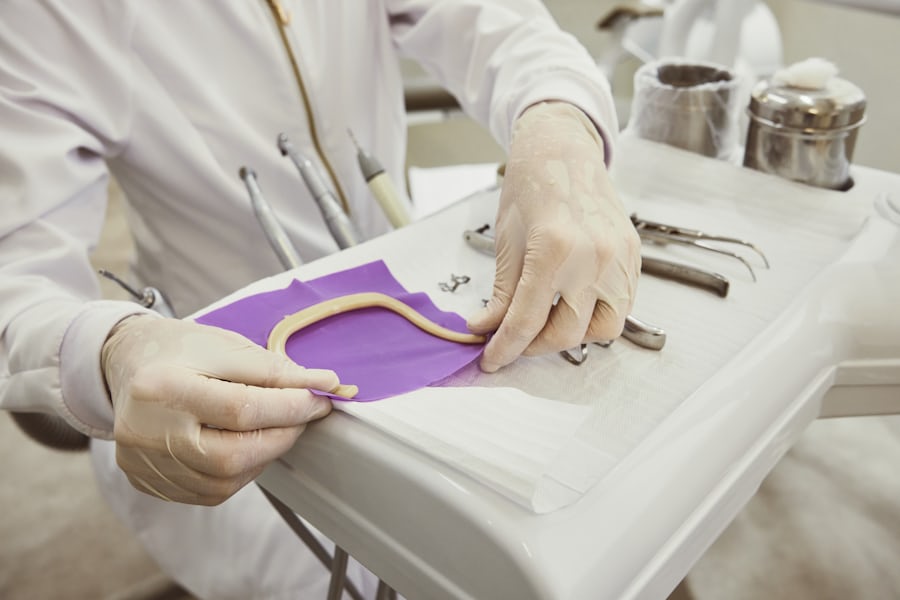Stapler Circumcision: A Modern Approach to a Traditional Procedure
Stapler circumcision is a surgical technique for removing the foreskin from the penis using a specialized, single-use medical device. This method has gained popularity as a quicker and often less painful alternative to conventional circumcision methods, which typically involve surgical cutting with a scalpel and suturing.
The procedure is performed on both infants and adults for various reasons, including medical conditions such as phimosis (the inability to retract the foreskin), recurrent balanitis (inflammation of the glans), and for cultural or religious reasons.
The Procedure: A Step-by-Step Overview
Stapler circumcision is typically a short procedure, often completed within 10 to 15 minutes, and is usually performed on an outpatient basis under local anesthesia. The process generally involves the following steps:
Anesthesia: The area around the penis is numbed using a local anesthetic injection or cream to ensure the patient does not feel pain during the procedure.
Device Placement: A protective inner bell is placed over the glans (the head of the penis) to shield it. The outer part of the stapler, which contains a circular blade and a ring of staples, is then positioned over the foreskin.
Foreskin Removal and Stapling: Once the device is correctly positioned, the surgeon activates it. In a single, swift motion, the circular blade excises the foreskin, and a ring of small surgical staples is simultaneously deployed to seal the wound. This combined action minimizes bleeding.
Device Removal and Dressing: The stapler device is then removed, leaving a clean, circular incision line held together by the staples. A dressing is typically applied to the area.
Advantages Over Traditional Circumcision
Proponents of stapler circumcision highlight several benefits compared to traditional methods:
Reduced Procedure Time: The all-in-one nature of the device significantly shortens the duration of the surgery.
Less Bleeding: The simultaneous cutting and stapling action helps to quickly control bleeding.
Faster Recovery: Patients often report less postoperative pain and a quicker return to normal activities.
Improved Cosmetic Results: The technique can result in a more uniform and aesthetically pleasing scar.
Lower Risk of Suture-Related Complications: As no stitches are used, the risks associated with them, such as stitch marks or abscesses, are eliminated.
Recovery and Potential Risks
Following the procedure, patients are provided with aftercare instructions. The staples are not permanent; they are designed to fall off on their own as the wound heals, typically within one to three weeks.
While generally considered safe, stapler circumcision is not without potential risks, which include:
Infection: As with any surgical procedure, there is a risk of infection at the incision site.
Bleeding: Although minimized, some bleeding can still occur post-operatively.
Staple-Related Issues: In some cases, the staples may not fall out as expected and might require manual removal by a doctor. There can also be localized pain or irritation from the staples.
Wound Dehiscence: The wound may partially or completely open up, though this is uncommon.
Unsatisfactory Cosmetic Outcome: While often praised for its cosmetic results, scarring can vary between individuals.
It is crucial for individuals considering this procedure to have a thorough discussion with a qualified urologist or surgeon to understand the benefits and risks and to determine if it is the most appropriate option for their specific circumstances.


